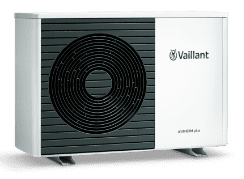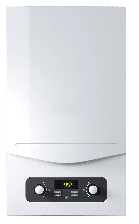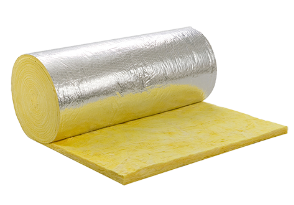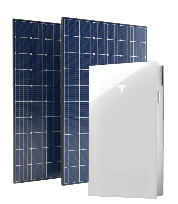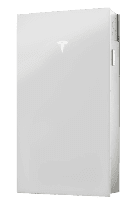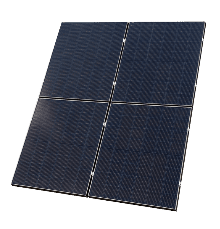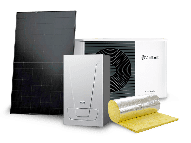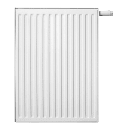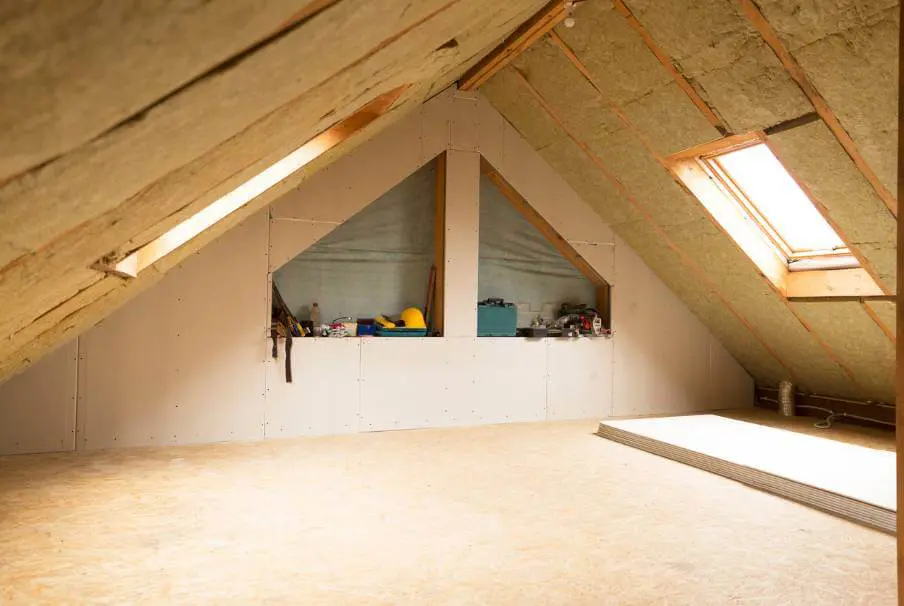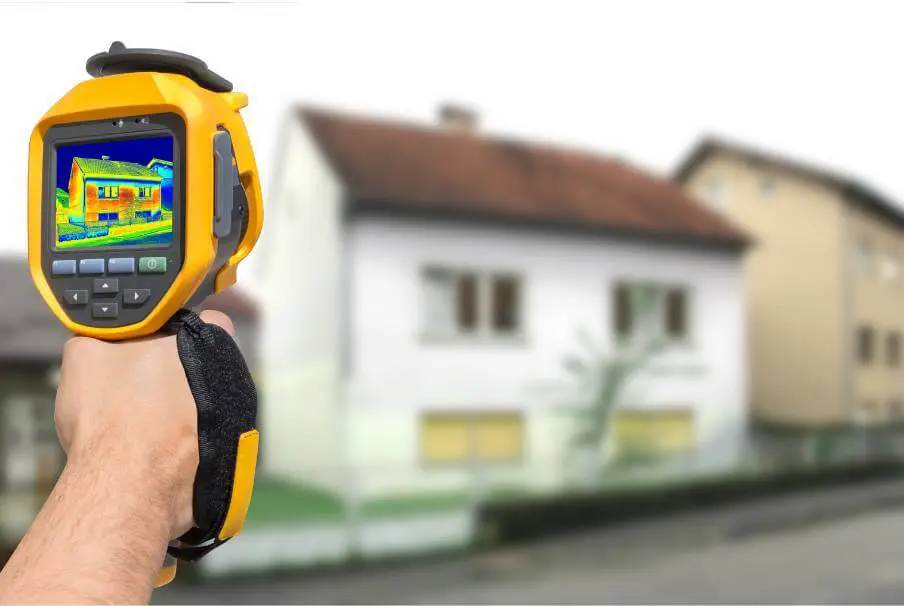Cavity Walls Vs Solid Walls: What’s The Difference?
Eco Providers
April 9, 2025
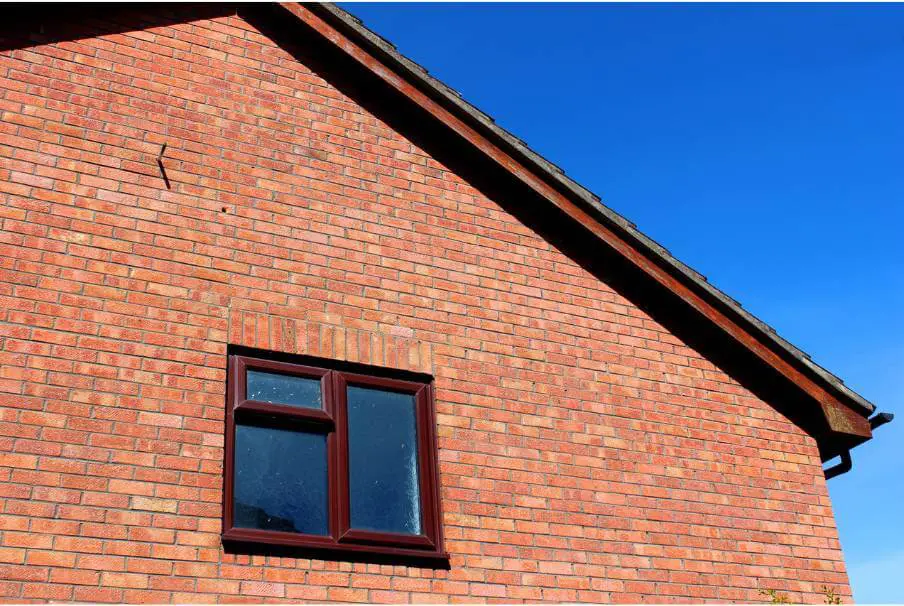
April 9, 2025
The type of walls in your home can make all the difference in both comfort and energy efficiency. If you’re a homeowner who is considering renovations, looking to improve your home’s energy efficiency, or you’re simply curious about your property’s construction, understanding the differences between cavity walls and solid walls is essential.
Each type has its own unique benefits and drawbacks, and in this blog, we’ll break down the key differences between cavity walls and solid walls to give you a better understanding for insulation options, grants available to you, and how you can make your home more energy-efficient.
What is a cavity wall?
A cavity wall is a type of wall construction that consists of two separate walls, known as ‘leaves’, with a gap or cavity in between them. This type of wall design is commonly used in modern buildings for its energy efficiency, as they help to reduce heat loss, keep homes warmer in winter and cooler in the summer, and regulate moisture.
Some key characteristics of cavity walls include:
- Brick pattern – cavity walls tend to be built with bricks placed length wise, ensuring an even look on a property’s exterior.
- Air gaps – the space between the walls acts as a buffer, helping to minimise heat loss and allow for insulation materials like mineral wool or rigid insulation boards to be installed.
- Thick walls – cavity walls are often thicker than solid walls and are usually more than 11.5 inches thick.
Modern cavity wall designs meet the latest UK energy standards and contribute to a more eco-friendly way of living. This is because they’re easier and more cost-effective to upgrade a property’s energy efficiency compared to solid walls as they can be integrated with many insulation materials.
What is cavity wall insulation?
Cavity wall insulation involves filling the air space between the two separate walls with a specific insulation material, such as mineral wool or polystyrene beads, which are cost-effective and provide excellent thermal protection.
For new homes, rigid insulation boards are installed during construction as standard, and installing insulation in older homes is relatively quick and an affordable solution. Cavity insulation can make a noticeable impact on your energy bill, create a comfortable living environment, and improve your home’s energy efficiency.
What is a solid wall?
Solid walls are a type of wall construction that consists of a single layer of materials, usually made from brick, stone, or concrete. Unlike cavity walls, which feature an air gap for insulation purposes, solid walls provide a more straightforward approach to building.
Typically found in older properties, some key characteristics of solid walls include:
- Interlocking brick pattern – with their alternating short and long brick pattern, it provides a much more sturdy and complete solid surface.
- Thermal mass – they can absorb heat well, but this can be released quickly during colder months.
- Wall thickness – solid walls typically tend to have a thickness less than 260mm.
While solid walls can offer better sound insulation and durability, they can be less effective at retaining heat, making them less energy-efficient. However, retrofitting solutions, like external solid wall insulation and internal wall insulation, is available to reduce heat loss and enhance energy efficiency.
What is solid wall insulation?
Insulating solid walls involves adding an additional layer directly to either the interior or exterior of the wall. For example, external solid wall insulation involves fixing insulation boards onto the outside of a home, which is then completed with a protective layer, like render, to create a weather-resistant finish and seal any energy leaks.
Internal wall insulation includes installing stud walls or rigid insulation boards on the inside walls. Stud walls offer the option of creating additional space within a house that can be filled with insulation materials like mineral wool. It’s a particularly effective solution for homeowners wanting to reduce condensation caused by cold spots.
How to tell if you have cavity or solid walls
Identifying whether your home has cavity or solid walls can be done with a few simple checks. However, with a professional survey from Eco Providers, you can quickly and easily identify which type of walls you have in your home, and receive tailored recommendations on ways in which you can enhance your home’s energy efficiency.
Signs you have cavity walls
There are some key indicators that make it fairly easy to identify if you have cavity walls, including:
- Damp patches appearing on your walls might suggest you have a cavity wall with inadequate insulation or gaps in the cavity.
- As mentioned previously, if your exterior walls feature bricks that are placed lengthwise across the entirety of the wall, you more than likely have a cavity wall.
- Another telltale sign is the thickness of the wall. If you have an air gap that is over 270mm, it’s confirmation you have cavity walls.
- If your home was built after the 1920s, it’s more probable you have cavity walls as this is when this type of wall construction became popular.
- Air bricks or vents on the exterior of your home are also a common feature with cavity walls.
Signs you have solid walls
Just like cavity walls, solid walls also have unique features that make it easy to identify, such as:
- Alternating rows of bricks, featuring headers and stretches, create a pattern that’s distinct to a solid wall.
- The wall thickness on solid walls are much smaller – usually less than 260mm for brick – signifying you have this type of wall design.
- If you notice your home doesn’t retain heat as well in the colder months, you may have a solid wall as they’re less insulated compared to a cavity wall.
- You can also knock on your walls and if you hear a dull sound rather than a hollow sound, it’s a strong indicator you may have a solid wall.
How can wall insulation improve your EPC rating?
Whether you have a cavity or solid wall, insulating your walls can directly enhance your Energy Performance Certificate (EPC) rating in many ways. For example, wall insulation helps block heat loss which reduces your reliance on heating systems and lowers your carbon emissions.
With that, it enhances your home’s thermal performance and increases your property’s energy efficiency, which raises your EPC score. A higher EPC rating not only shows your commitment to environmental compliance, but it also provides you with a valuable advantage if you wish to resell in the future.
Overall, insulation turns your home into an energy-efficient space, which has a positive impact in green ratings and energy cost savings.
What insulation grants are available?
Undergoing insulation upgrades can be costly for many homeowners. However, there are various insulation grants available to help improve your home’s energy efficiency. Each incentive offers financial help that is tailored to your specific needs, making home insulation more affordable and accessible for everyone. Below are some of the most notable insulation grants available.
ECO4 scheme
The ECO4 scheme offers numerous grants that aim to enhance the energy efficiency of homes across the UK. Homeowners can benefit from installing numerous energy-efficient measures, including external wall insulation and internal insulation, to significantly reduce heat loss and lower energy bills. By partnering with an accredited installer like Eco Providers, homeowners can receive tailored support for their unique wall types and insulation needs. You can quickly and easily check if you’re eligible for this grant by using our handy online tool.
Great British Insulation Scheme (GBIS)
Designed to improve home insulation, the GBIS scheme focuses on insulating homes to keep homeowners warm in winter and cool in the summer, as well as reducing their heating costs. Eligible homeowners can access various types of insulation through the scheme, including external wall insulation and internal wall insulation, tailored to the specific wall type of their property. By improving thermal performance, the scheme addresses heat loss and condensation issues, ultimately contributing to lower energy bills. Use our online tool today to check if you’re eligible for this grant.
Learn how we can install wall insulation in your home
When it comes to home insulation, understanding the difference between cavity walls and solid walls is crucial for making informed decisions, and we hope we’ve been able to give you a better understanding of these wall types.
At Eco Providers, we’re a government-backed and Trustmark-registered company that specialises in retrofitting entire homes for improved energy efficiency. If you’re thinking about installing cavity wall insulation or internal wall insulation in your home, get in touch with us today.
We can provide you with tailored insulation solutions to ensure you enjoy all the benefits of an energy-efficient home, and we can check if you’re eligible for government incentives and take care of the whole application process on your behalf.
FAQs around cavity and solid walls
Cavity walls generally require less maintenance than solid walls, as they are designed to prevent moisture penetration. However, it’s important to regularly check for blockages in the cavity and ensure proper ventilation to prevent dampness, which can affect both types of walls.
Yes, solid walls can be converted into cavity walls by creating an air gap between two wall layers. This can enhance insulation properties, but it will require professional help to ensure structural integrity and compliance with building regulations.
External solid wall insulation may require planning permission, especially for listed buildings or properties in conservation areas. Internal insulation generally doesn’t need planning permission but may require building regulation approval.
